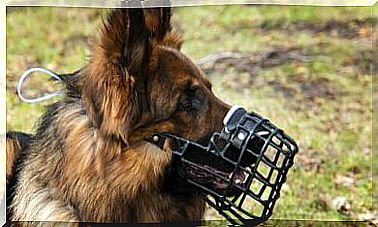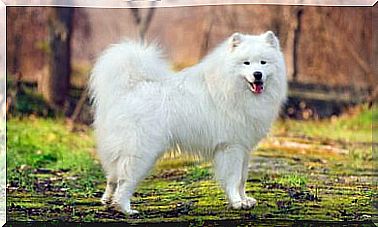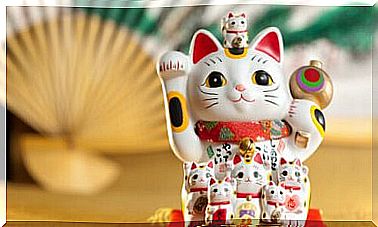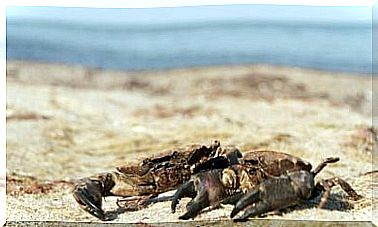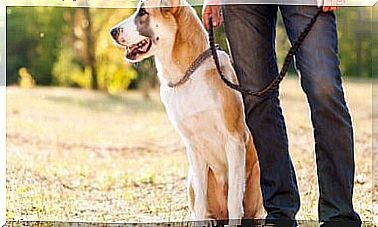Saint Bernard: Care And Characteristics Of The Most Beloved Giant

We know him through movies like “Beethoven” and his history as the ultimate rescue dog. Today we will dive a little more into the life and characteristics of the St. Bernard dog, a real gem in the world of pets.
The fascinating history of the St. Bernard dog
The St. Bernard, also called St. Bernhardshund or Bernhardiner in German, is a herding dog originating in the Swiss Alps, specifically from the Great Mount St. Bernhard mountain pass, at 2,469 meters above sea level.
This species has been talked about since 1695. Its main role throughout history has been to be both escort dog and rescue dog for travelers lost in the harshest corners of the mountains.
Napoleon Bonaparte’s soldiers gained their reputation as a rescue dog around the year 1800, and their popularity has not stopped growing after that. In 1867, Heinrich Schumacher de Holligen began to document the genealogical trajectory of this species, and in 1884 the Book of Dog Genealogical Records was opened.
The Swiss St. Bernard Dog Club was founded in 1884 in Basel. The breed was officially recognized as Swiss in 1887 and, from that moment on, it became the Swiss national dog.

Characteristics and morphology
The International Cynological Federation classifies this breed in group 2 (Pinscher and Schnauzer type dogs, Molossians and Swiss mountain dogs and herd dogs). There are two varieties of St. Bernard dog:
- short-haired variety
- long-haired variety
Both maintain the large size characteristic of this breed. His imposing, muscular appearance contrasts with his affable personality. As a pet, he will be calm and cheerful, although he will also be vigilant to protect his loved ones. He doesn’t bark much, but he tends to drool.
As for proportions, the height measured from the withers is at least 70 centimeters for males and 65 centimeters for females. The maximum in males is 90 centimeters and in females 80 centimeters. The weight varies between 55 and 90 kilos.
The base color is white with light or dark red spots. A black shading can also be found on the body. The patches that are considered mandatory according to the breed standard are white on the chest, feet, tip of tail, in band on muzzle, star and neck.
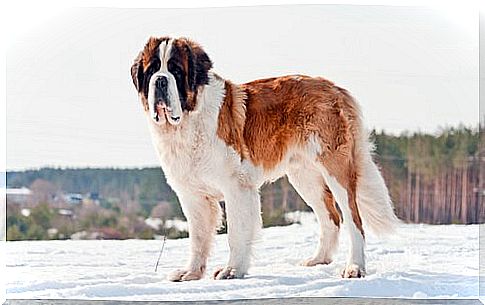
Exercises and care for the St. Bernard dog
This large breed should start training carefully from an early age. In puppies, care must be taken not to strain their skeleton: their bones must be fully formed before subjecting them to intense exercise.
Since they are adults, this breed requires a lot of daily exercise to stay in shape. Given their great intelligence, along with their great size, it is important that they be trained from an early age so that they learn to obey their owner.
With its large size, however, come the problems associated with this type of breed: the São Bernardo is prone to suffer from:
- stomach twist
- hip dysplasia
- Epilepsy
- entropion

